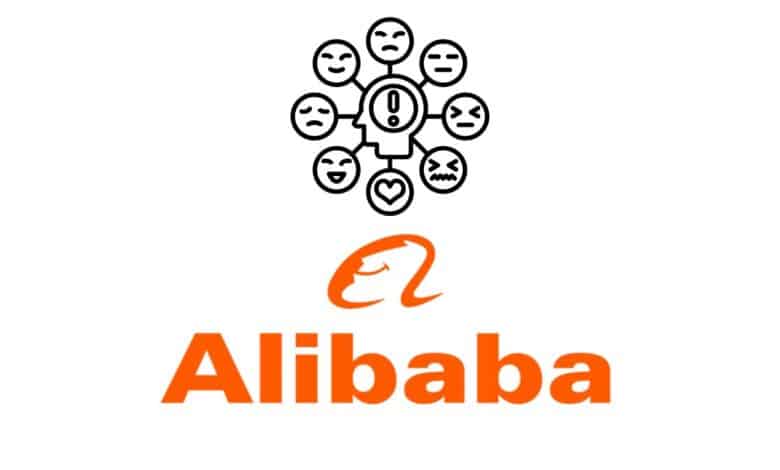R1-Omni:
Chinese company Alibaba announced the launch of a new artificial intelligence model called R1-Omni.
It is a multimodal AI model developed by Alibaba. It is the industry’s first application of reinforcement learning technology with verifiable rewards on a large multimodal language model. This model aims to enhance human emotion recognition capabilities by processing visual and audio data together, making it a powerful tool for understanding and analyzing human emotions in various contexts.
Technologies used in R1-Omni:
RLVR
This approach is pivotal in training this model, as it uses a verifiable reward system to improve model performance. Instead of relying on potentially subjective human assessments, this approach leverages verifiable reward functions to guide the learning process, enhancing the model’s accuracy in emotion recognition.
Omni-Multimodal Learning
This model is designed to handle multi-media data, including images, videos, and text. This integration of different media enables the model to understand context more deeply and recognize emotions with greater accuracy.
GRPO
This approach is used to evaluate the quality of the responses generated by the model by comparing a set of possible responses. This allows the model to be improved more effectively without the need for an external critic model, simplifying the training process and improving the quality of the results.
R1-Omni Training Stages:
It is an advanced AI-based model designed to improve multitasking performance and provide smart solutions in various fields. The training process goes through several meticulous stages aimed at developing its efficiency and ability to interact with data intelligently.
In this article, we will detail the various training stages and processes that contribute to improving its performance:
Phase 1: Data collection and processing
The first step in training is to collect big data from multiple sources, such as articles, books, databases, and various digital content. This requires:
Removing errors and duplication and ensuring the formatting of information.
Sorting data based on different topics and categories.
Removing unnecessary data or data containing unwanted biases.
Phase 2: Building the prototype
Once the data is prepared, the prototype building phase begins. This phase includes:
Determine the type of neural network, such as Transformers or CNNs, based on the nature of the target tasks.
Adjust training parameters such as the learning rate and training batch size.
Conduct initial experiments to verify the model’s effectiveness.
Stage 3: Basic Training
At this stage, data is fed into the model to train it to understand patterns and connections between different concepts. Basic training involves:
using custom datasets with guidance signals to improve model understanding.
This allows the model to discover patterns and relationships on its own without direct guidance.
Improving model performance through trial and error.
Stage 4: Fine-tuning and optimization
After completing basic training, the player begins the fine-tuning phase, which aims to improve performance across the board:
Review and correct inaccurate results.
Adjust the learning rate and ensure overfitting does not occur.
Augment the model with more data to expand its capabilities.
Stage 5: Testing and Evaluation
In this stage, the model’s performance is tested on new data that it has not been previously trained on. This includes:
Measuring the model’s accuracy in predicting correct outcomes.
Comparing the model’s performance with other models.
Evaluating how the model responds to a large amount of data.
Phase 6: Publishing and Continuous Improvement
After passing the tests, this model is published for actual use, while continuing to improve it through:
Making improvements based on feedback.
Allowing the model to acquire new knowledge over time.
Using self-improvement algorithms to improve response.
R1-Omni Performance:
Experiments have shown that it outperforms previous models in several aspects:
Improved inference capabilities: The model has a superior ability to analyze how visual and audio information contribute to emotion recognition, providing a deeper understanding of human interactions.
In improving the model’s understanding of multi-modal data, RLVR improved emotion recognition accuracy. Compared to traditional training methods, it demonstrated superior performance on emotion recognition tasks, demonstrating the effectiveness of the technique.
Stronger generalization capabilities: The model demonstrated a high ability to generalize and adapt to data outside the training scope, making it more flexible and effective in real-world applications.
Potential applications:
Sentiment analysis in media content, such as movies and educational videos, to understand audience responses and improve the viewing experience.
Education and training: to monitor student responses and provide immediate feedback to improve the learning process.
Healthcare: to monitor patients’ psychological state and provide personalized support based on their emotional state.

